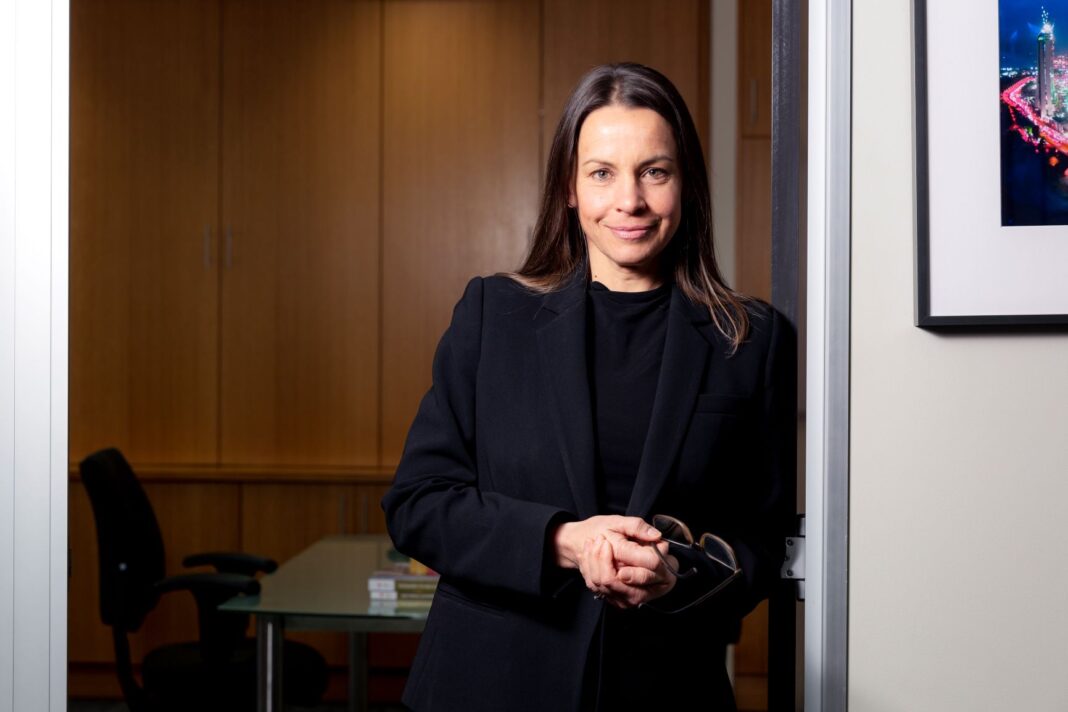Engineers Australia’s newly appointed Chief Engineer, Jane MacMaster would like to change your perception of her industry.
Ms MacMaster said the word ‘engineer’ is a Latin derivative of the German word for ingenuity and is more about solving complex problems like climate change, bushfires and pandemics, than tinkering with motors.
“Engineering is clever thinking and clever solutions,” she said. “Although, I do love a good engine.”
In her new role, she will oversee industry standards of engineers at all levels of their career and bring an engineering perspective to public policy and engage in public debate.
The role appears to be a natural next step for a woman whose career has spanned industry, government, education, and business ownership.
Despite having a Qantas pilot as a father, strong capabilities in maths and science, and a love of aircrafts and flights, engineering was not an immediately obvious career path for her.
“Honestly, I didn’t even know what engineering was or what they did,” she said.
“It wasn’t until I was in an interview with the University of Sydney and the interviewer suggested it that I even considered it.”
Now the leader of Australia’s principle engineering association, representing around 100,000 professional engineers, Ms MacMaster said she came of age professionally on an international project – a NATO (North Atlantic Treaty Organisation) supersonic ship self-defence system.
“That project taught me so much about what good design is,” she said.
“It’s a rare thing, to be involved in the whole process, from the beginning of just a blank piece of paper, through all eight or nine phases.
“I got to travel the world, work in an international team and receive mentoring.
“The progress of each phase of the design informed our approach for the next – through early testing and then feeding that knowledge on.”
Ms MacMaster took that learned critical thinking process and a postgraduate degree in international relations to Kevin Rudd’s Department of Prime Minister and Cabinet, where she was one of 40 people employed to explore, in depth, public policy options for cyber security, homelessness and education, among others.
“In my six years at PMC I observed a gap in problem solving skills and I was able to bring that engineering mindset and skillset to policy.”
Her experience in the public service led her develop an approach to complex problem solving for non-engineers, which she taught at tertiary and executive levels.
Ms MacMaster’s appointment to the newly created role, announced by Engineers Australia’s female CEO Dr Bronwyn Evans, flies in the face of STEM’s widely accepted gender discrepancy. According to the Department of Industry, only 12.4% of engineers were women in 2016.
She said although there is a definite need for change in the industry, Engineers Australia has a raft of programs to improve industry inclusiveness and diversity.
“There are a variety of reasons women are underrepresented in engineering, perhaps one is the connotations the word evokes,” she said.
“We need to improve national STEM diversity, because we need diversity of thought.”



